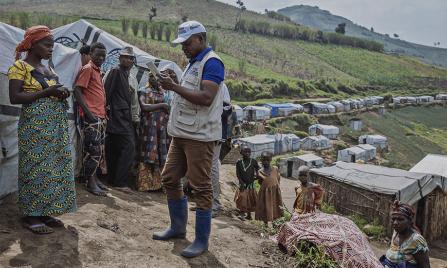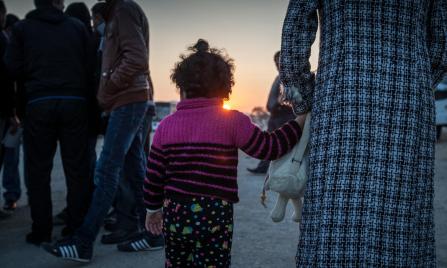-
Who we are
WHO WE AREThe International Organization for Migration (IOM) is part of the United Nations System as the leading inter-governmental organization promoting since 1951 humane and orderly migration for the benefit of all, with 175 member states and a presence in 171 countries.
-
Our Work
Our WorkAs the leading inter-governmental organization promoting since 1951 humane and orderly migration, IOM plays a key role to support the achievement of the 2030 Agenda through different areas of intervention that connect both humanitarian assistance and sustainable development.
What We Do
What We Do
Partnerships
Partnerships
- Where we work
-
Take Action
Take Action
Work with us
Work with us
Get involved
Get involved
- Data and Research
- 2030 Agenda
In a complex and uncertain world, the useful application of data for evidence-based policy and action is needed now more than ever. Whether it be helping displaced people find durable solutions in the face of climate change impacts, to analysis that allows better foresight for migration scenarios and preparedness – managing human mobility to contribute to sustainable development requires a data-driven approach.
The International Organization for Migration (IOM) has an abundance of information about human mobility: With offices in almost every country, IOM is trusted by its Member States for its deep knowledge and field expertise. IOM has strategic partnerships with other UN agencies and stakeholders in the UN Migration Network. It works directly with a wide range of beneficiaries and is at the forefront of data protection efforts within the UN system.
IOM established the Global Data Institute to harness the power of its data for operations, making meaning of global migration patterns, and informing foresight. The Global Data Institute capitalizes on synergies between its two units – the Displacement Tracking Matrix (DTM) and the Global Migration Data Analysis Center (GMDAC) – and collaborates with a network of regional data specialists to illuminate the global data story of human mobility.


